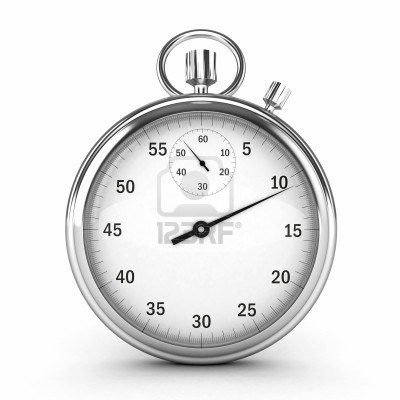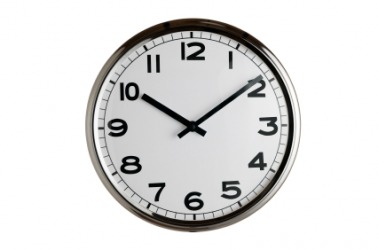Our deck has been in serious need of staining or painting for some time. Fortunately, my husband has decided to make this “his project” of the summer. He has spent several hours applying the first coat of stain, moving deck furniture, refilling buckets (I helped), and climbing ladders. It’s a lovely transition as the dark and weathered wood becomes clean and white. He’s making great progress on his own. However, I’m confident he’ll allow me to help soon.
Meanwhile, I spent a little time the other morning watering the trees and shrubs, the flowers and herb gardens. It provided me a ground-level perspective of the raised deck and the new paint project. While the water provided a drink for the plants, I sipped my morning coffee and surveyed the workmanship. I love house painting (mainly inside). Yet I’ve managed to stay out of his way and say very little about the process …until I saw the damage.
There on the ground, under the leg of a heavy extension ladder lying on its side, was one of my prized yard ornaments. A cherished walking stick was now broken in half. It had clearly been knocked from its revered position by something or someone. It now lay crushed in the dirt. My mood went from admiration to anger in a split second. No mention of this horrific act had been made in the past few days. But there was no doubt in my mind who was responsible. The painter man.
You see, this wasn’t just ANY walking stick. It had been found in the woods of Michigan by my elderly father. It came from a white  paper birch tree, one of my top three favorite trees. The stick reminded me of the special times when dad would take a young me for walks, exploring the woods. The best feature was the twisted, curling shape at its center that made it so unique. That part was still intact. My dad had presented me with this odd stick on one of my visits to Michigan years ago. I packed it into my car and drove it back to Colorado. The walking stick became a yard ornament rather than for its intended use. I had moved it between new and old homes, protecting it, placing it in a significant position in the yard near the deck. It leaned patiently and gently against the post, waiting for someone to engage it in meaningful activity. And now it was broken.
paper birch tree, one of my top three favorite trees. The stick reminded me of the special times when dad would take a young me for walks, exploring the woods. The best feature was the twisted, curling shape at its center that made it so unique. That part was still intact. My dad had presented me with this odd stick on one of my visits to Michigan years ago. I packed it into my car and drove it back to Colorado. The walking stick became a yard ornament rather than for its intended use. I had moved it between new and old homes, protecting it, placing it in a significant position in the yard near the deck. It leaned patiently and gently against the post, waiting for someone to engage it in meaningful activity. And now it was broken.
I picked up the two disconnected pieces of useless walking support. I was in tears and somewhat surprised at my emotional reaction. But I could not keep quiet about the treatment being shown to my family treasures. I marched over to the basement window that shielded the painter man from my vengeance and called his name. He signaled that he was on a telephone call, so I stomped around in frantic circles in plain view until he got off the phone. I was so lost in my sorrow and anger that I didn’t notice him until he was standing on the half-finished deck, looking down, and asking me what was wrong.
I held up the two remnants of Nature’s exquisite art piece and yelled, “You broke my stick!”
The painter man was speechless. I could tell he was searching my facial expression to see if I was truly serious about this.
As soon as the words escaped my mouth, I recognized the absurdity of what I was doing. A smile also managed to escape with my tears. And in that moment I surrendered my anger, my ego, and my attachment to this piece of a dead tree branch from another state. It was just a stick! That’s all. Its only value came from my memories…its significance was based on emotions from within my mind…from a weak attachment to a distant place I rarely visited…and to a beautiful childhood experience of long ago.
I leaned the two halves gently onto another yard ornament (given to me by my son many years prior), telling the painter man the significance of that piece as well. He promised he would fix the stick right away. I assured him it wasn’t necessary.
The broken walking stick became more valuable to me in that discovery moment of its destruction than I had ever recognized or appreciated in its idle wholeness. Its bittersweet message – and all the other memories – can be cherished again and again, simply at the mention (or sight) of “my broken stick” now laid to rest and surrounded by flowers.







